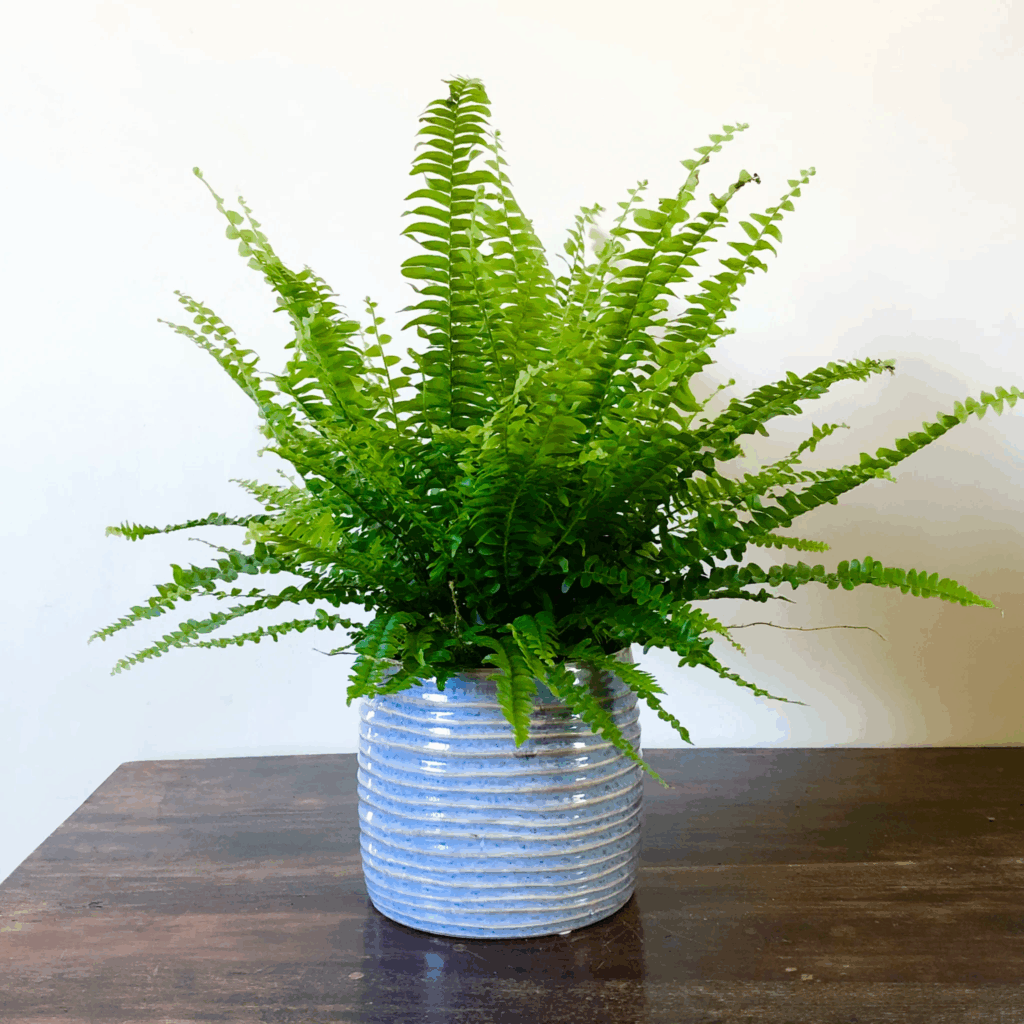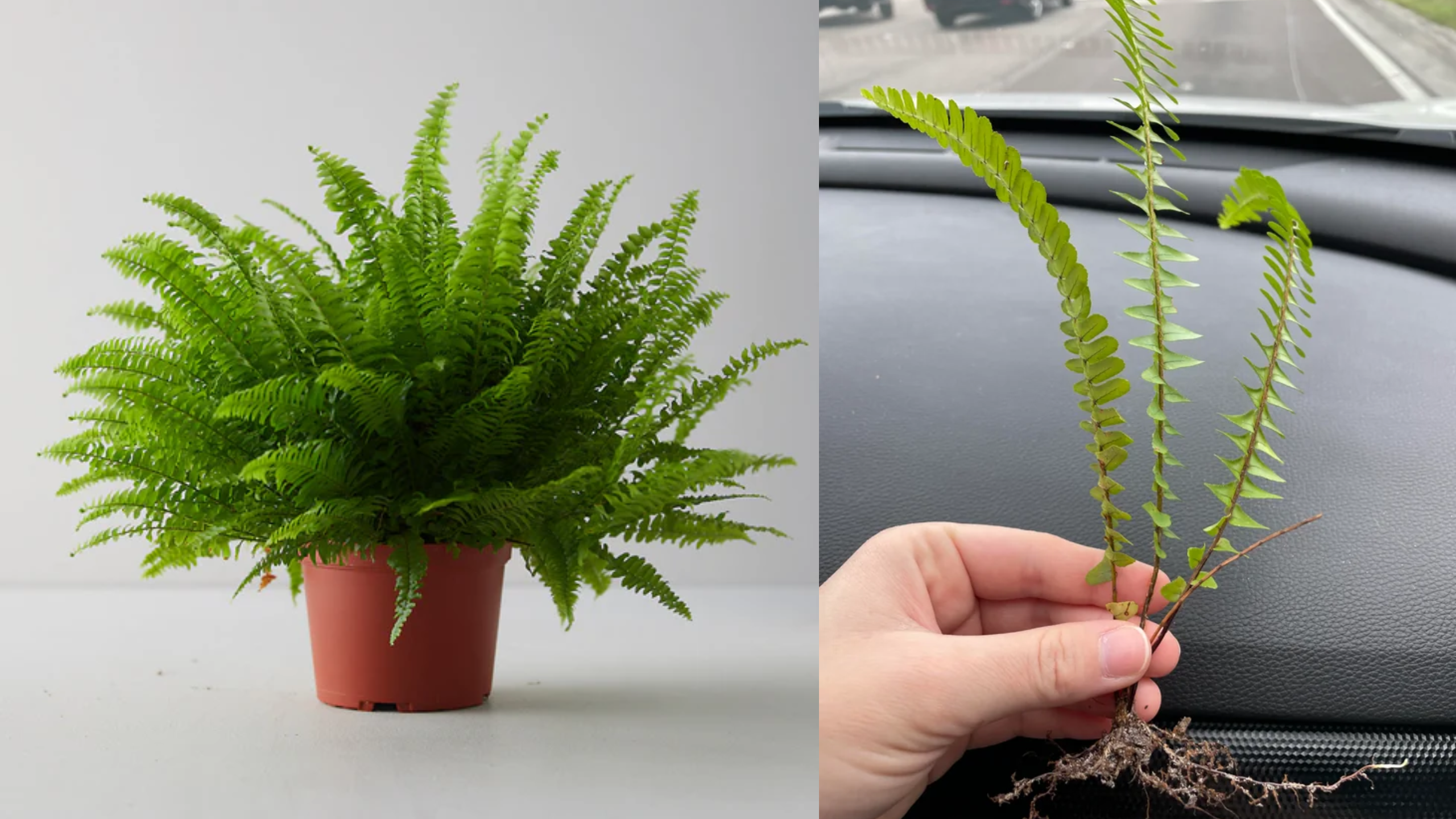Ferns are beautiful, lush plants that add a touch of nature’s elegance to any space. Their delicate fronds and vibrant greenery can brighten up homes and gardens alike, but caring for them requires understanding their specific needs. Whether you’re a beginner or an experienced gardener, this guide will walk you through practical tips to keep your ferns healthy and thriving.
Choosing the Right Spot: Light and Placement
The first step in fern care is selecting an appropriate location. Most ferns, particularly the popular Nephrolepis exaltata, prefer shaded environments. For example, placing your fern near a north-facing window provides gentle, indirect sunlight. Avoid direct sunlight, which can scorch their delicate leaves and cause browning or drying edges.
If you’re working with different varieties, note their light tolerance. For instance:
- Ciemnotka (Asparagus fern) tolerates more light but still benefits from indirect brightness.
- Niekropień (Adiantum) prefers indirect light and can suffer if exposed to direct sun.
Soil Composition: The Foundation for Healthy Growth
Ferns thrive in soil that is slightly acidic, rich in organic matter, and well-draining. A mix of humus, peat, and clay creates an ideal environment, providing nutrients and retaining moisture without becoming waterlogged.
When repotting or planting new ferns, choose quality potting soil that is specifically formulated for ferns or shade plants. Proper soil is crucial to prevent root rot and ensure nutrient availability.
Watering Tips: Keeping Your Fern Moist and Happy
Consistent watering is vital. Lightly moist soil supports healthy fern growth. Aim to water 2-3 times per week with soft, non-chlorinated water. Be cautious not to let the soil dry out completely between waterings, as dry roots can cause leaves to yellow or brown.
During warmer months, increased humidity can be achieved by:
- Mist spraying the leaves daily
- Placing a humidity tray beneath the pot
- Using a humidifier in indoor environments
In colder seasons, adjust watering frequency based on indoor heating and air dryness.
Temperature and Humidity: Creating a Perfect Environment

Ferns generally prefer temperatures between 12-15°C (54-59°F) in winter and 16-20°C (61-68°F) in summer. Avoid exposing them to drafts, sudden temperature fluctuations, or temperatures below 10°C, which can damage the plant.
Maintaining high humidity is especially important indoors. Daily leaf misting helps, but additional measures like a humidity tray or room humidifier are often more effective. Remember, consistent environment conditions promote healthier, more vigorous ferns.
Pruning and Fertilization: Supporting Growth and Appearance
Regular pruning helps keep your fern looking lush. Remove dead or yellowing fronds by cutting just above the base, encouraging new growth. Avoid over-pruning, as this can stress the plant.
Fertilize your fern during the active growing season using specific fern fertilizers or organic options like biohumus. These provide essential nutrients without risking fertilizer burn. Refrain from using fertilizers containing calcium, such as crushed eggshells, as high calcium levels can harm the plant’s roots.
Addressing Common Problems: Yellowing and Dry Tips
If you notice the edges of the leaves turning yellow or becoming dry, trim only the affected areas. This prevents the spread of damage and maintains the plant’s aesthetics. Always use clean, sharp scissors to avoid introducing infections.
Additional Tips for Various Fern Types
Different fern varieties have unique care needs:
Ciemnotka (Asparagus Fern):
Tolerates higher light levels and needs less humidity. Water only when the topsoil feels dry, helping prevent overwatering.
Niekropień (Adiantum):
Requires patience after moving or repotting. Keep the soil slightly moist and avoid direct sunlight. This fern is sensitive to environmental changes but responds well with proper acclimatization.
Znakocica Gniazdowa:
Water directly in the center of the plant to keep the root zone moist. Avoid moving or disturbing this fern, as it prefers a stable environment.
Common Questions About Fern Care
How often should I repot my fern?
Only when roots become crowded, typically every 2-3 years, or when the plant outgrows its current container.
Can I fertilize with household waste?
Avoid calcium-rich waste like eggshells; opt for specifically formulated fertilizers or organic compost.
What if my fern’s leaves turn brown?
Browning often indicates dry air or underwatering. Adjust humidity or watering practices accordingly.
Final Thoughts
Caring for ferns is a rewarding experience that, with a little attention, will fill your space with calming greenery. Consistency in watering, suitable lighting, and maintaining humidity are key factors. Whether you’re nurturing a classic Boston fern or trying out a more exotic variety, understanding their specific needs ensures they stay lush and vibrant.
Enjoy the process of nurturing these beautiful plants, and don’t hesitate to experiment and learn from your fern’s response. A healthy fern is not only a stunning addition but also a


v0p9s8